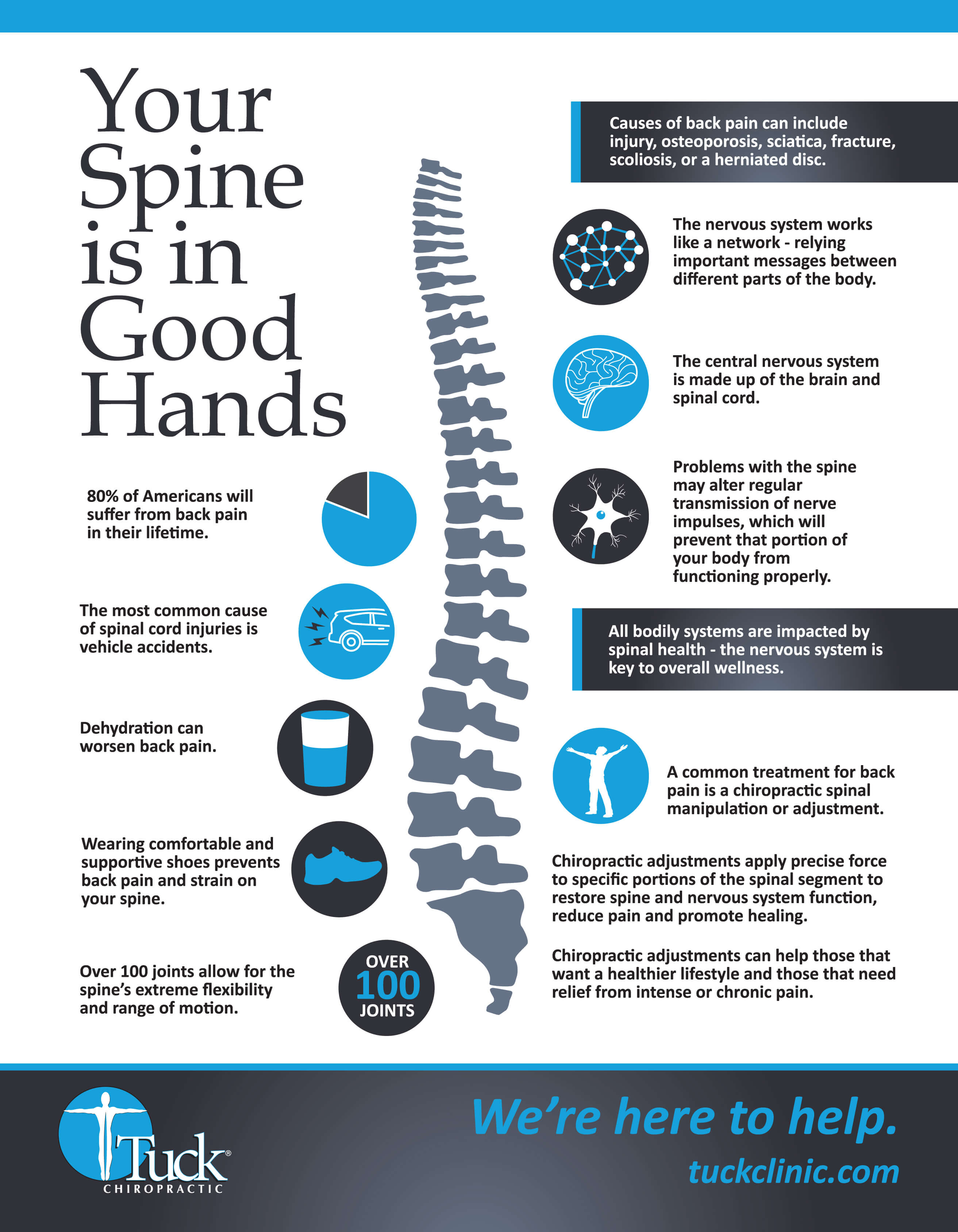Prepare Yourself To Uncover The Captivating Mobile Interactions Related To Cold Laser Therapy And Its Usage Of Light For The Purpose Of Recovery. Check Out The Midsts Of Scientific Research Even Further!
Prepare Yourself To Uncover The Captivating Mobile Interactions Related To Cold Laser Therapy And Its Usage Of Light For The Purpose Of Recovery. Check Out The Midsts Of Scientific Research Even Further!
Blog Article
Post Created By-Jespersen Roberson
You may have become aware of cold laser therapy as an encouraging treatment option for various problems, yet have you ever asked yourself just how it in fact services a cellular level? Recognizing the mechanisms behind this treatment can shed light on its efficiency in promoting recovery and decreasing swelling. By checking out the scientific research behind cold laser treatment, you'll acquire understandings into the fascinating ways in which light can affect cellular procedures and promote tissue repair service.
Just How Cold Laser Treatment Works
To comprehend how cold laser therapy functions, you need to grasp the basic concepts of just how light energy engages with biological tissues. Cold laser therapy, likewise called low-level laser therapy (LLLT), uses specific wavelengths of light to permeate the skin and target hidden tissues. Unlike the intense lasers made use of in operations, cold lasers discharge reduced degrees of light that don't create heat or trigger damages to the cells.
When whiplash treatment redding reach the cells, they're taken in by components called chromophores, such as cytochrome c oxidase in mitochondria. This absorption sets off a series of organic reactions, including increased mobile energy production and the release of nitric oxide, which enhances blood flow and reduces inflammation.
Additionally, the light energy can likewise promote the production of adenosine triphosphate (ATP), the power money of cells, aiding in mobile repair service and regeneration procedures.
Basically, cold laser treatment uses the power of light energy to advertise recovery and reduce discomfort in a non-invasive and gentle fashion.
Mechanisms of Action
Exactly how does cold laser therapy really work to create its restorative results on biological cells?
Cold laser therapy, also called low-level laser treatment (LLLT), operates via a procedure known as photobiomodulation. When the cold laser is applied to the skin, the light power penetrates the tissues and is soaked up by chromophores within the cells.
These chromophores, such as cytochrome c oxidase in the mitochondria, are after that boosted by the light power, bring about a cascade of organic reactions. check out here of action is the enhancement of cellular metabolic rate.
The soaked up light power enhances ATP manufacturing in the mitochondria, which is critical for mobile function and repair service. In addition, cold laser treatment helps to lower inflammation by inhibiting inflammatory conciliators and advertising the launch of anti-inflammatory cytokines.
This anti-inflammatory impact adds to pain alleviation and cells recovery.
Therapeutic Effects
Understanding the healing results of cold laser therapy involves identifying just how the improved mobile metabolism and anti-inflammatory buildings add to its favorable outcomes on biological cells.
When the cold laser is put on the afflicted location, it boosts the mitochondria within the cells, leading to raised manufacturing of adenosine triphosphate (ATP), which is vital for cellular function and repair service. This boost in mobile energy increases the healing process by promoting tissue regrowth and reducing inflammation.
Additionally, the anti-inflammatory properties of cold laser treatment help to lower pain and swelling in the targeted location. By preventing inflammatory conciliators and advertising the release of anti-inflammatory cytokines, cold laser treatment help in minimizing discomfort and boosting the general recovery action.
This decrease in inflammation not only supplies prompt relief but additionally supports long-lasting cells repair work.
Final thought
In conclusion, cold laser therapy works by boosting cellular repair and tissue regrowth with photobiomodulation. Its anti-inflammatory residential or commercial properties supply pain alleviation and minimize swelling by preventing inflammatory conciliators.
This treatment offers a comprehensive strategy to recovery, supplying both prompt alleviation and long-term tissue repair advantages.
Via its devices of activity, cold laser treatment proves to be a reliable and promising therapy option for a range of problems.
